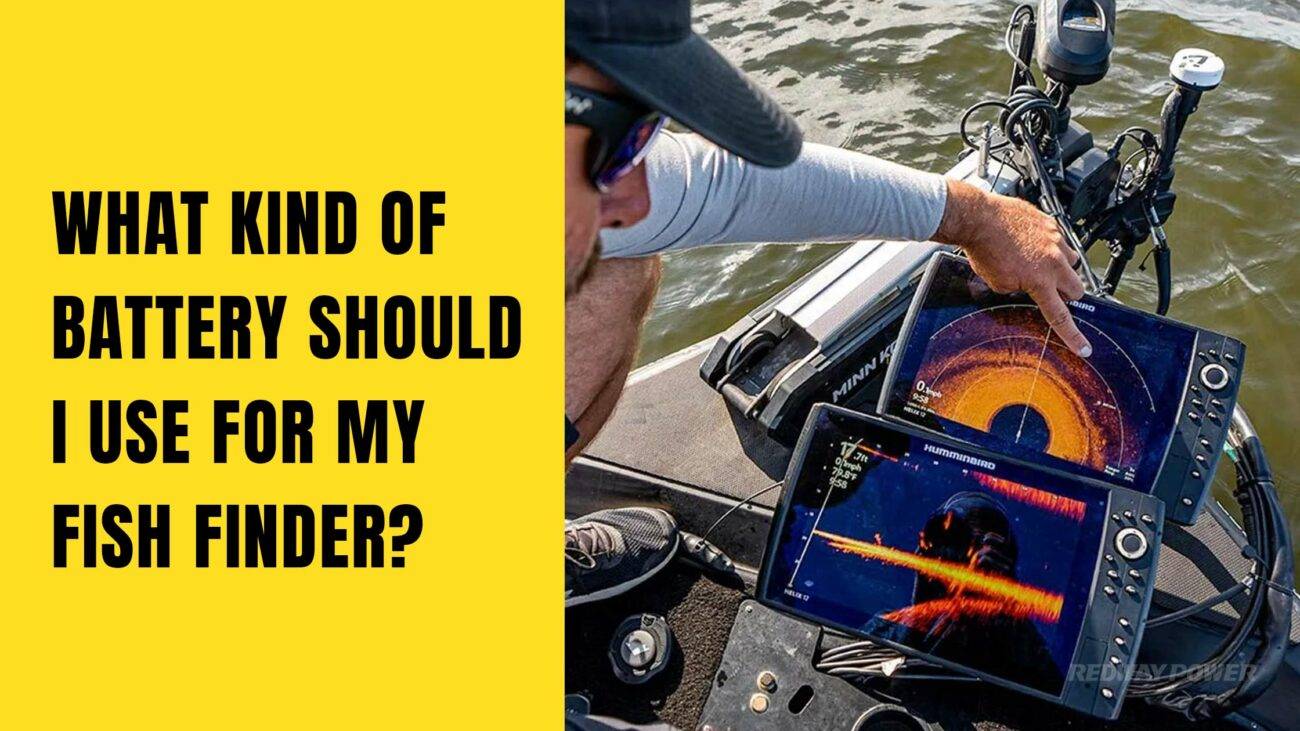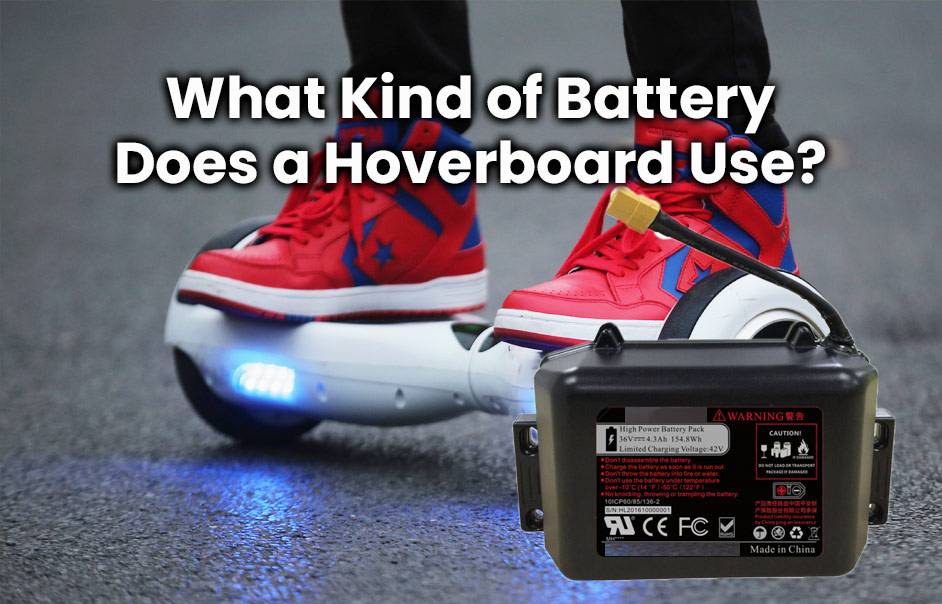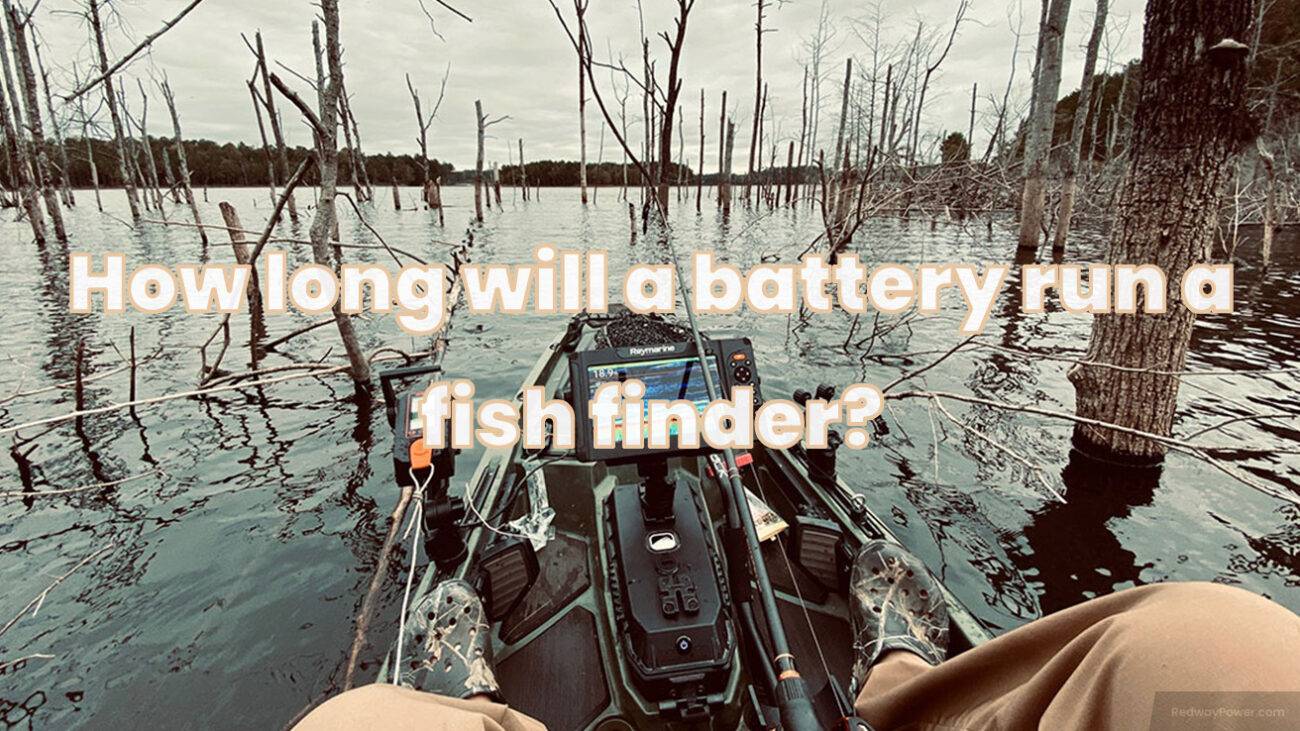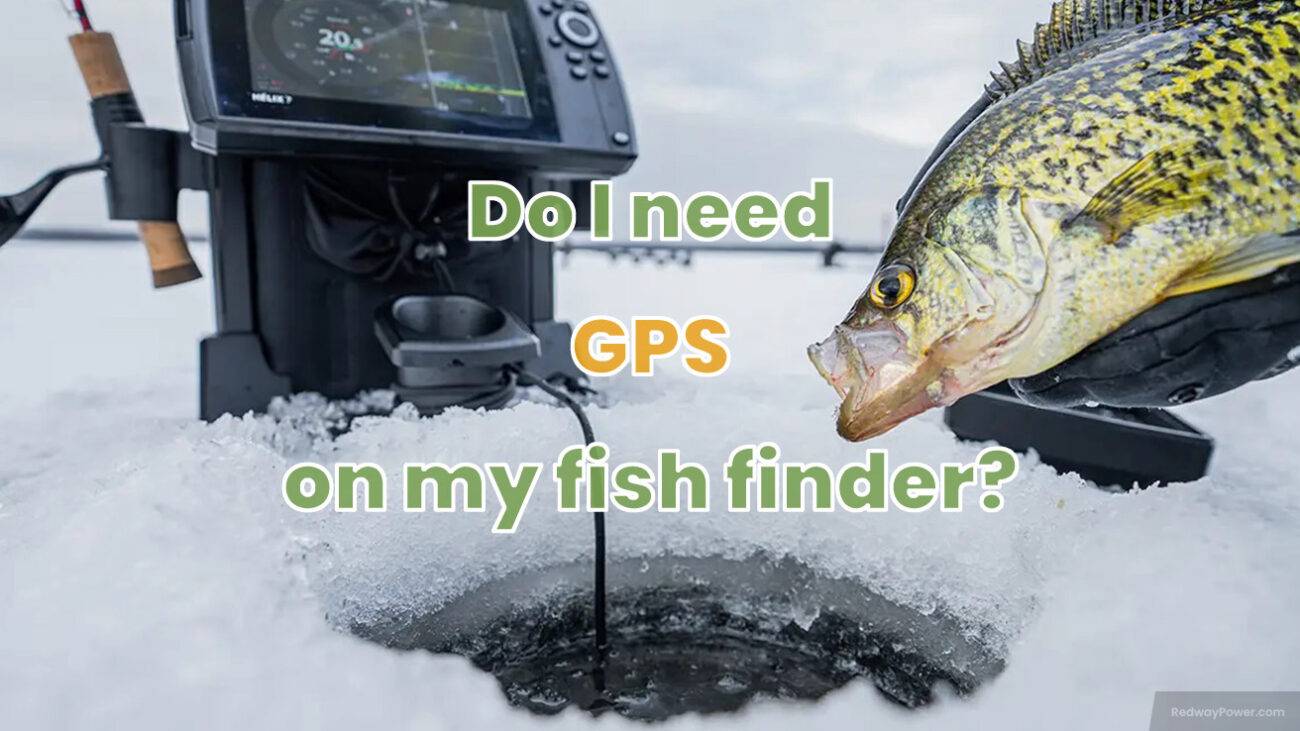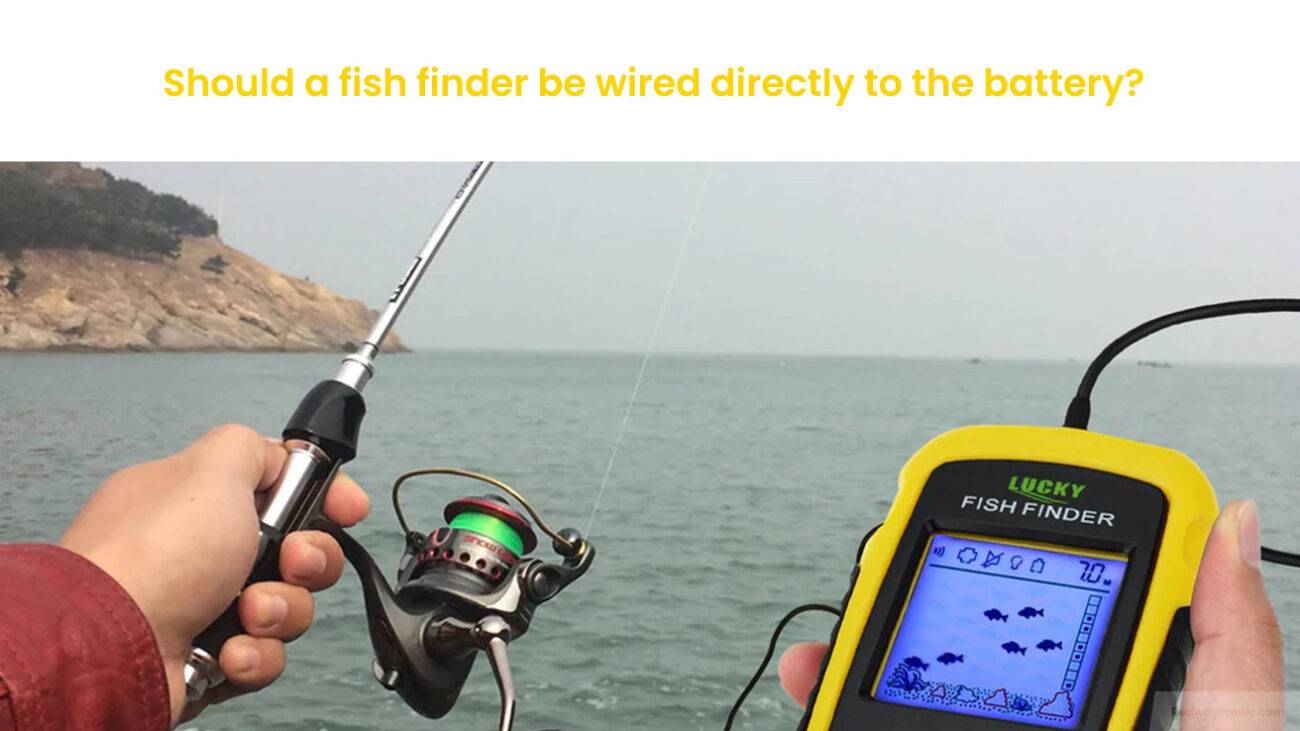- Forklift Lithium Battery
-
48V
- 48V 210Ah
- 48V 300Ah
- 48V 420Ah (949 x 349 x 569 mm)
- 48V 420Ah (950 x 421 x 450 mm)
- 48V 456Ah
- 48V 460Ah (830 x 630 x 590 mm)
- 48V 460Ah (950 x 421 x 450 mm)
- 48V 460Ah (800 x 630 x 600 mm)
- 48V 460Ah (820 x 660 x 470 mm)
- 48V 500Ah
- 48V 560Ah (810 x 630 x 600 mm)
- 48V 560Ah (950 x 592 x 450 mm)
- 48V 600Ah
- 48V 630Ah
-
48V
- Lithium Golf Cart Battery
- 12V Lithium Battery
12V 150Ah Lithium RV Battery
Bluetooth App | BCI Group 31
LiFePO4 Lithium
Discharge Temperature -20°C ~ 65°C
Fast Charger 14.6V 50A
Solar MPPT Charging - 24V Lithium Battery
- 36V Lithium Battery
- 48V Lithium Battery
-
48V LiFePO4 Battery
- 48V 50Ah
- 48V 50Ah (for Golf Carts)
- 48V 60Ah (8D)
- 48V 100Ah (8D)
- 48V 100Ah
- 48V 100Ah (Discharge 100A for Golf Carts)
- 48V 100Ah (Discharge 150A for Golf Carts)
- 48V 100Ah (Discharge 200A for Golf Carts)
- 48V 150Ah (for Golf Carts)
- 48V 160Ah (Discharge 100A for Golf Carts)
- 48V 160Ah (Discharge 160A for Golf Carts)
-
48V LiFePO4 Battery
- 60V Lithium Battery
-
60V LiFePO4 Battery
- 60V 20Ah
- 60V 30Ah
- 60V 50Ah
- 60V 50Ah (Small Size / Side Terminal)
- 60V 100Ah (for Electric Motocycle, Electric Scooter, LSV, AGV)
- 60V 100Ah (for Forklift, AGV, Electric Scooter, Sweeper)
- 60V 150Ah (E-Motocycle / E-Scooter / E-Tricycle / Tour LSV)
- 60V 200Ah (for Forklift, AGV, Electric Scooter, Sweeper)
-
60V LiFePO4 Battery
- 72V~96V Lithium Battery
- Rack-mounted Lithium Battery
- E-Bike Battery
- All-in-One Home-ESS
- Wall-mount Battery ESS
-
Home-ESS Lithium Battery PowerWall
- 24V 100Ah 2.4kWh PW24100-S PowerWall
- 48V 50Ah 2.4kWh PW4850-S PowerWall
- 48V 50Ah 2.56kWh PW5150-S PowerWall
- 48V 100Ah 5.12kWh PW51100-F PowerWall (IP65)
- 48V 100Ah 5.12kWh PW51100-S PowerWall
- 48V 100Ah 5.12kWh PW51100-H PowerWall
- 48V 200Ah 10kWh PW51200-H PowerWall
- 48V 300Ah 15kWh PW51300-H PowerWall
PowerWall 51.2V 100Ah LiFePO4 Lithium Battery
Highly popular in Asia and Eastern Europe.
CE Certification | Home-ESS -
Home-ESS Lithium Battery PowerWall
- Portable Power Stations
What Is The Ideal Battery Size For A Depth Finder?
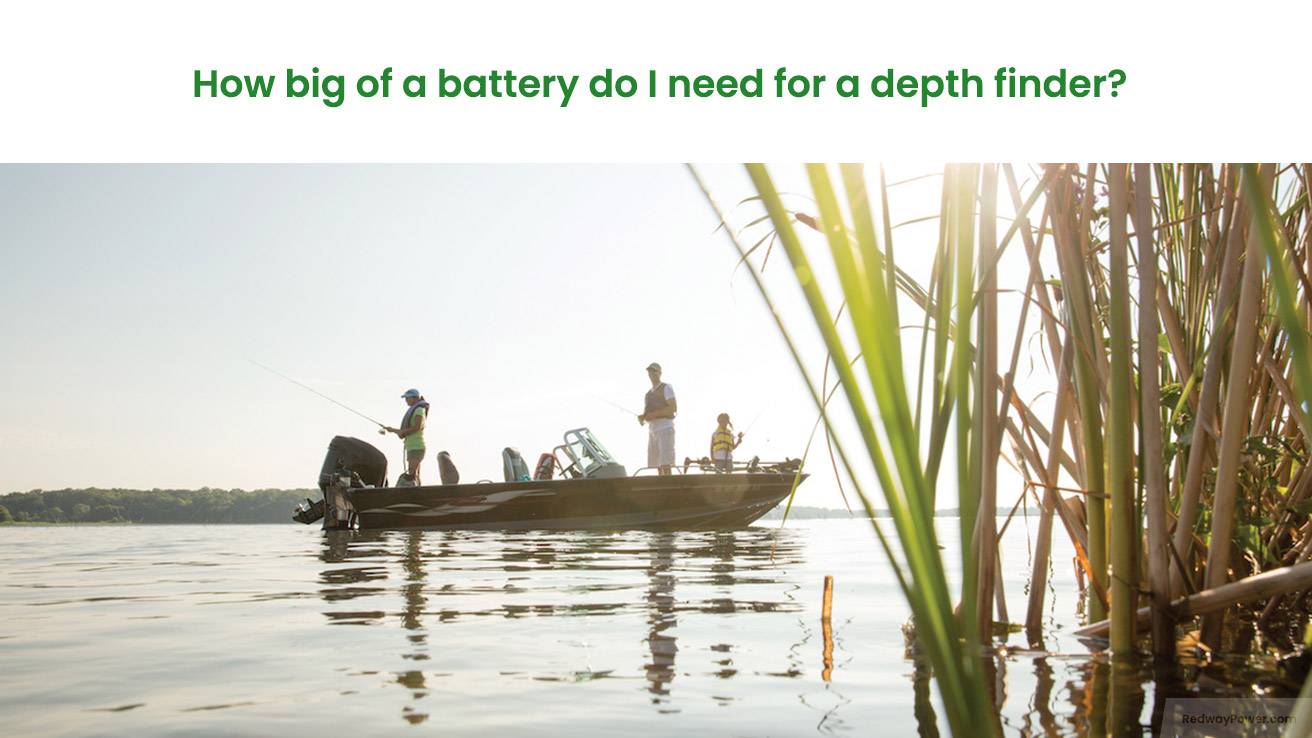
Choosing the ideal battery size for a depth finder is crucial to ensure optimal performance during fishing trips. The right battery not only powers your device efficiently but also enhances your overall fishing experience by providing reliable readings.
What battery size is ideal for a depth finder, and how is it determined based on its specifications?
The ideal battery size depends on several factors:
- Power Requirements: Check your depth finder’s specifications to determine its maximum power draw (in amps).
- Usage Duration: Estimate how long you plan to use the device during your fishing trip.
- Recommended Capacity: A general guideline is to select a battery with at least 20% more capacity than needed.
For example, if your depth finder draws 2 amps and you plan to use it for 6 hours, you would need:
Required Ah=Max Amps×Hours Used=2×6=12 Ah
Adding a safety margin:
Total Required Ah=12+(0.2×12)=14.4 Ah
Chart Title: Battery Size Calculation Example
| Power Draw (Amps) | Usage Duration (Hours) | Required Capacity (Ah) |
|---|---|---|
| 2 | 6 | 14.4 |
How do I calculate the required amp-hour capacity for my depth finder based on its power consumption during use?
To calculate amp-hour capacity:
- Identify Power Consumption: Look at your device’s manual or specifications.
- Estimate Usage Time: Determine how long you will operate your device.
- Use Formula:
Required Ah=Max Amps×Hours Used
For example, if your device consumes 3 amps over 5 hours, you need:
Required Ah=3×5=15 Ah
What types of batteries are commonly used for depth finders, and what advantages do they offer compared to one another?
Common types include:
- Lead-Acid Batteries:
- Pros: Affordable and widely available.
- Cons: Heavier with shorter lifespan compared to lithium options.
- Lithium-Ion Batteries:
- Pros: Lightweight, longer lifespan (up to 10 years), faster charging.
- Cons: Higher initial cost but more cost-effective over time.
- AGM Batteries:
- Pros: Spill-proof and maintenance-free; perform well in cold conditions.
- Cons: Generally heavier than lithium-ion.
Chart Title: Comparison of Battery Types
| Battery Type | Advantages | Disadvantages |
|---|---|---|
| Lead-Acid | Cost-effective | Heavier, shorter lifespan |
| Lithium-Ion | Lightweight, longer lifespan | Higher initial cost |
| AGM | Maintenance-free | Heavier than lithium-ion |
Why is it important to choose the right battery for a depth finder, and how can improper selection affect overall performance?
Choosing the right battery ensures:
- Performance Reliability: A properly sized battery provides consistent power without interruptions.
- Efficiency: The correct chemistry optimizes energy usage based on application needs.
- Cost Savings: Avoiding frequent replacements by selecting an appropriate capacity saves money over time.
Improper selection can lead to:
- Frequent Power Losses: Insufficient capacity may result in unexpected shutdowns.
- Increased Wear: Overworking an undersized battery can lead to premature failure.
What safety considerations should be taken into account when using batteries in marine environments to ensure user safety?
Safety considerations include:
- Ventilation: Ensure proper airflow around batteries during operation and charging to prevent gas buildup.
- Protective Gear: Use gloves and goggles when handling batteries, especially lead-acid types due to acid exposure risks.
- Secure Mounting: Batteries should be securely fastened to prevent movement that could cause damage or short circuits.
How do different charging methods impact the performance of batteries used in depth finders, ensuring optimal functionality?
Charging methods affect performance by:
- Smart Chargers: Automatically adjust voltage based on charge state, preventing overcharging.
- Multi-stage Charging: Provides bulk, absorption, and float stages that optimize charging cycles.
Using appropriate chargers enhances longevity and ensures that batteries maintain their capacity over time.
What maintenance practices can extend the life of a depth finder battery effectively, ensuring consistent power delivery during trips?
Maintenance practices include:
- Regular Inspections: Check terminals for corrosion and ensure secure connections.
- Monitor Water Levels: For flooded lead-acid types, maintain proper electrolyte levels.
- Charge Before Storage: Always charge batteries fully before long-term storage.
Are there specific environmental regulations regarding the disposal of marine batteries that consumers should know about to promote sustainability?
Yes, regulations vary by region but generally include:
- Requirements for safe handling and disposal of hazardous materials contained within batteries.
- Incentives or subsidies for companies engaging in environmentally friendly practices like recycling.
By following these guidelines, consumers can ensure responsible usage and disposal of their marine batteries while maximizing their performance.
Expert Views
“Choosing the right size and type of battery for your depth finder is crucial,” states an expert in marine energy solutions. “Proper care not only enhances performance but also significantly extends lifespan, ensuring reliability whenever you need accurate readings.”
FAQ Section
- What type of battery is best suited for my depth finder?
Lithium-ion or AGM batteries are typically preferred due to their efficiency and longevity. - How often should I check my depth finder’s battery?
Regular checks every few months or before significant use are recommended. - Can I mix different types of batteries?
It’s best to avoid mixing different chemistries as this can lead to imbalances. - What should I do if my depth finder isn’t functioning properly?
Inspect connections first; consider testing or replacing your battery if issues persist. - Are there any recycling options available for old or unused batteries?
Yes, many retailers offer recycling programs; check local regulations for disposal options.

Why Use a Dedicated Boat Battery for Electronics?
Factors for Selecting the Right LiFePO4 Battery Size
Features of Canbat Lithium Batteries for Fish Finders
Canbat Lithium Battery Performance in Cold Weather
How Canbat Lithium Batteries Enhance Fishing Reliability
More FAQs
Why is a lightweight battery crucial for smaller boats like fishing kayaks?
Why is a lightweight battery crucial for smaller boats like fishing kayaks? Lithium-ion batteries offer an optimal solution, weighing approximately one-third less than lead-acid batteries while delivering more power. Their higher energy density frees up space on the boat without sacrificing functionality, particularly vital for fishing kayaks. The lightweight design ensures easy transportation and minimal impact on speed and maneuverability.
Why is having a water-resistant battery important for marine applications?
Water-resistant batteries are essential for marine applications to withstand harsh environments and prevent damage from exposure to water. Specifically designed for marine use, they feature heavy-duty, vibration-resistant construction and water-resistant casing. Look for batteries like Redway lithium batteries with IP67 certification, ensuring functionality even when submerged up to 1 meter for 30 minutes, safeguarding marine ecosystems from potential contamination.
What are the advantages of using lithium batteries over lead-acid batteries for fish finders?
Lithium batteries excel over lead-acid counterparts for fish finders due to their extended lifespan, up to 10 times longer, and lightweight design, facilitating easier handling. They boast faster charging times, deeper discharge capacity without damage, and greater energy density, optimizing storage capacity in compact marine setups. These traits ensure reliable, efficient power for uninterrupted fishing adventures.
What are the pros and cons of using sealed lead-acid batteries for fish finders?
Sealed lead-acid batteries are a popular choice due to their affordability but have limitations. While leak-proof and cost-effective, they have a shorter lifespan and can’t be discharged beyond 50%, limiting their reliability for fish finders. Additionally, they offer less energy efficiency compared to lithium batteries, impacting overall performance and long-term cost-effectiveness.
How are fish finders powered on different types of boats?
Fish finders on boats are powered differently based on their size. Larger boats utilize the onboard electrical system, drawing power from built-in marine batteries. In contrast, smaller watercraft like kayaks rely on external batteries since they lack integrated marine batteries. This variation ensures adequate power for fish finders across different types of boats.
What is a fish finder and how does it work?
A fish finder is a device utilizing sonar technology to locate fish underwater. By emitting sound waves and measuring their return time, it creates a visual representation of the underwater environment, aiding anglers in finding fish. Installed on various watercraft, it enhances fishing productivity. Choosing an appropriate battery ensures efficient device power and a successful fishing experience.
















